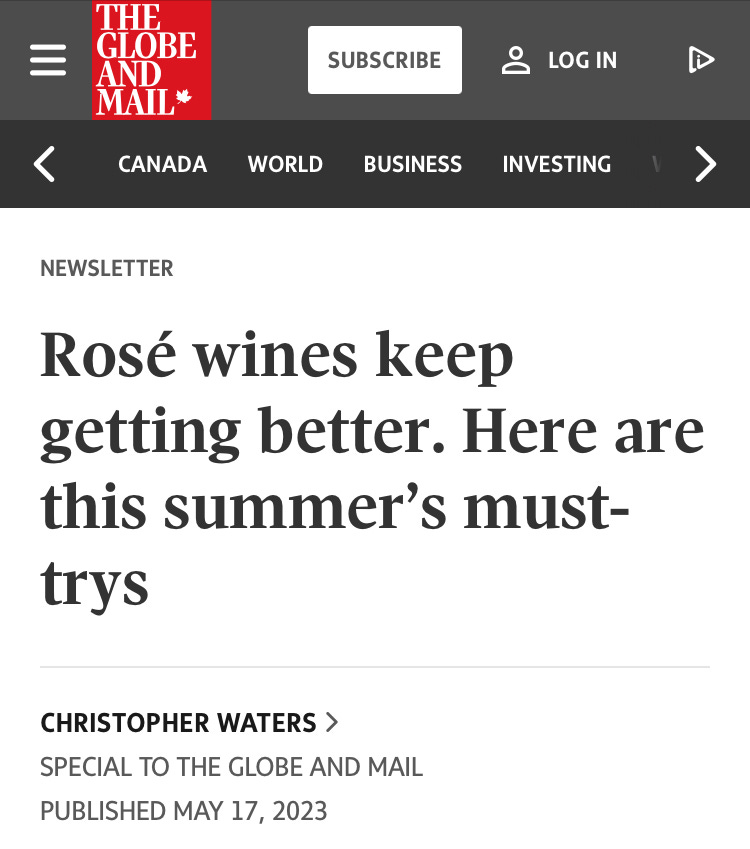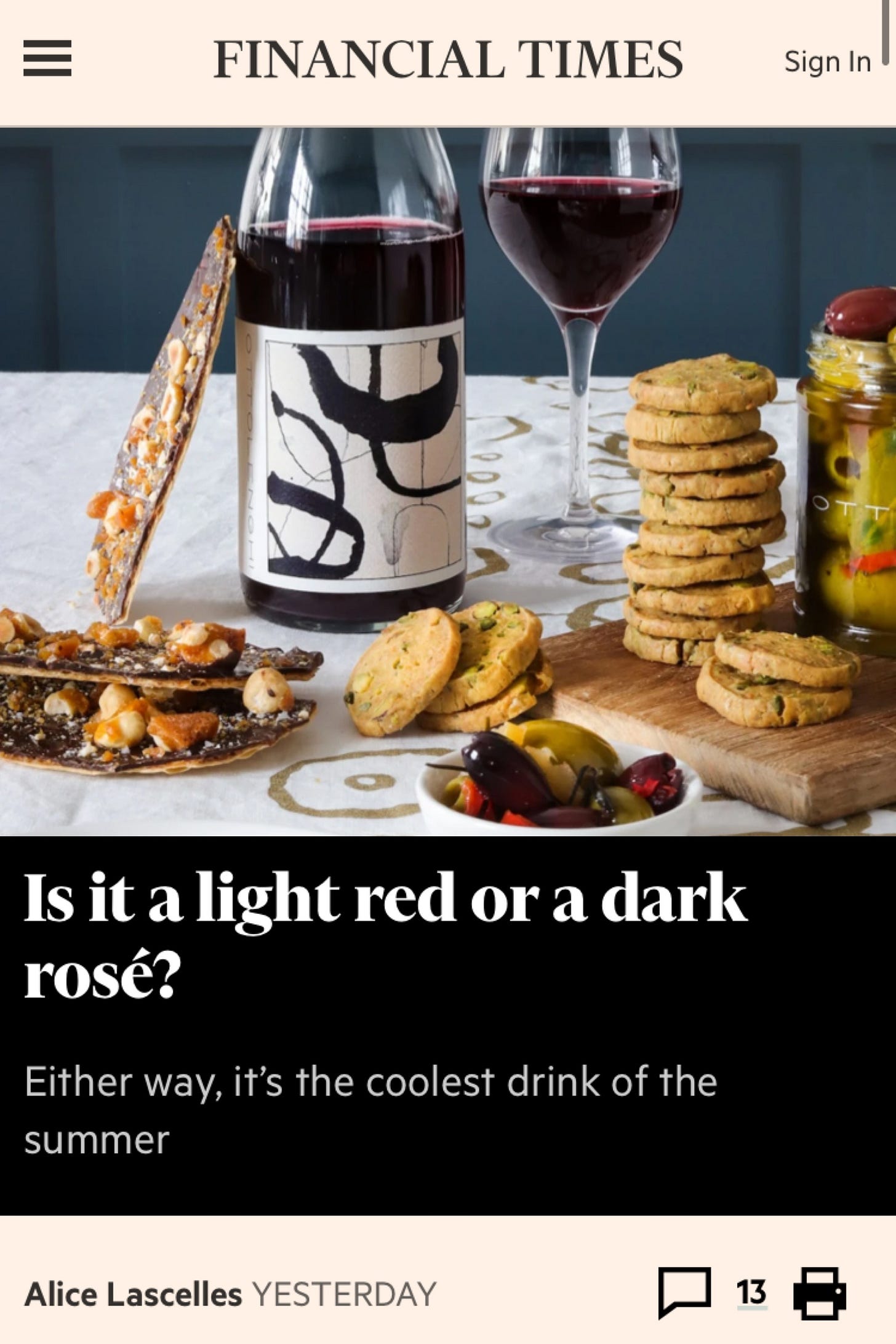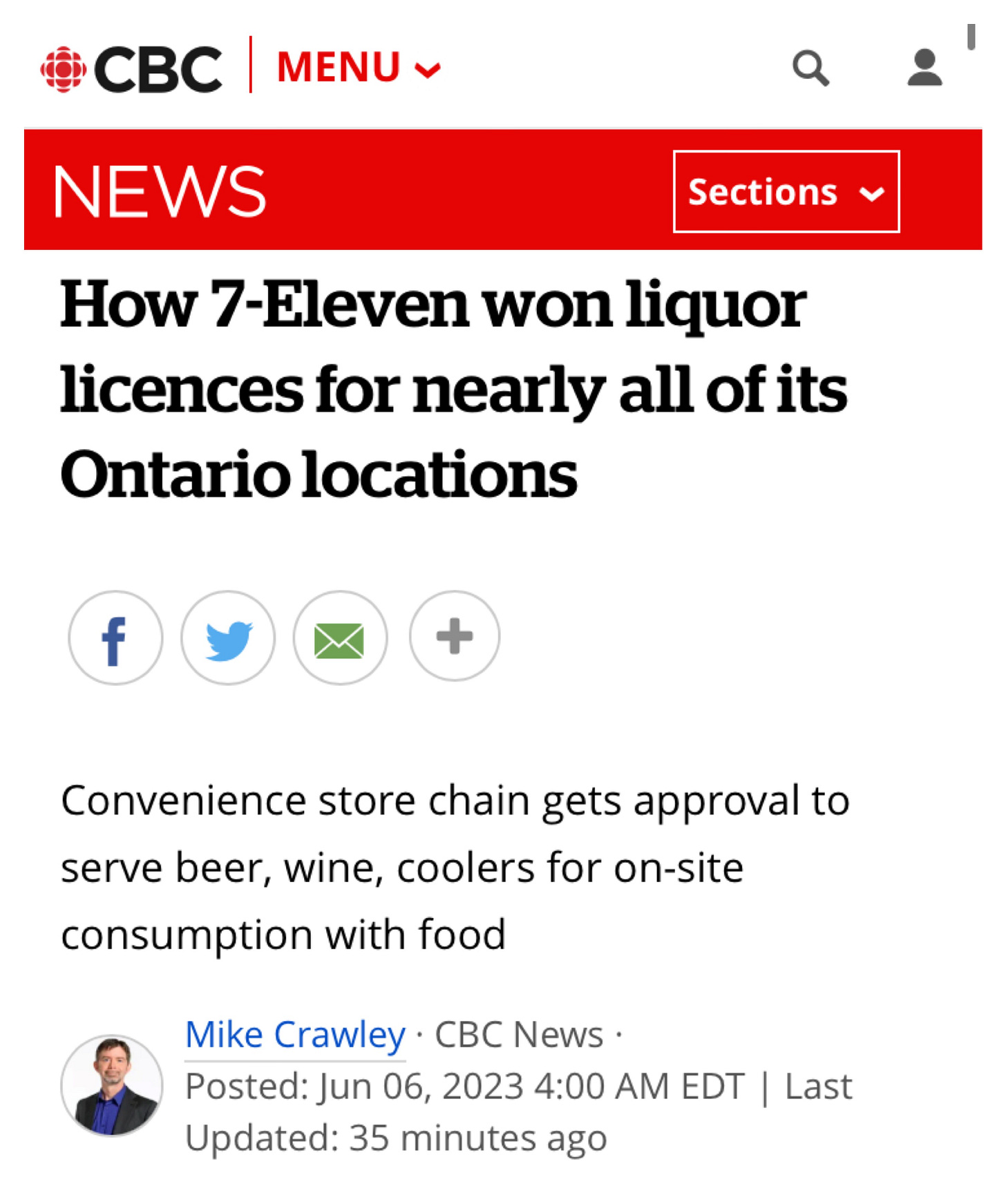Rosé Day
Pretty in Pink. As we try to take our minds off the news, the upcoming National Rosé Day on June 10 is a timely pink diversion. Rosé wine gets its colour from the skins of red grapes when they are left in contact with the juice for a short time, usually around 2 to 20 hours, resulting in colours that range from peach, to light salmon, to hot pink. Rosé is made around the world but the majority is produced in Provence, France including the world’s most popular rosé: Château d'Esclans Whispering Angel (1). And a few other rosés to look for include Gérard Bertrand Côte des Roses Rosé (2), a Grenache blend made in Languedoc, with the base of the bottle designed in the shape of a rose; Ontario’s Hidden Bench Locust Lane Rosé (3) made from organic Pinot Noir; Calvez-Bobinet Piak! Rosé (4) is a thirst-quenching Cabernet Franc made in the Loire Valley; Julie & Toby Bainbridge L'Acrobate (5) is made from Grolleau in the Loire; DB Schmitt Frei.Kkörper.Kultur Rosé (6) is a Dornfelder and Portugeiser blend from Rheinhessen, Germany; and technically not rosé but there is a case to be made for chillable light reds like Ontario’s Trail Estate Supersonic (7) made from naturally fermented Concord grapes, and Italy’s Foradori Lezer (8) made from the indigenous Teroldego grape; and lastly, Paradise Grapevine’s Pep Talk (9) is a canned Vidal fermented on Gamay skins from Niagara, perfect for picnics when the air quality index is below 100.
From Designer Rosé to Local Offerings. In the Globe and Mail's Rosé wines keep getting better, Christopher Waters highlights this summer’s must-try pink wines. Waters recommends everything from designer rosé — Donnafugata Dolce & Gabbana Rosa Rosé, a blend of Nerello Mascalese and Nocera made by D&G with Sicilian winery Donnafugata — to several Canadian options including Malivoire, which “was one of the first Canadian wineries to set its sights on producing top quality rosé.” The Beamsville winery has several rosé wines including its best-selling Ladybug Rosé, first introduced in 1998, as well as Moira and Vivant. Waters also recommends Canadian-made rosé from CedarCreek, Poplar Grove, Sandhill, Tantalus and Unsworth in British Columbia; and 13th Street, Henry of Pelham, Tawse, Thirty Bench, and Two Sisters in Ontario.
Is it a Light Red or a Dark Rosé? asks Alice Lascelles who writes about lighter-style red wines, aka the coolest drink of the summer. Israeli-born British chef and restaurateur Yotam Ottolenghi is even getting in on the light red action with his new biodynamic red made in in collaboration with Czech winery Krásná Hora, it’s a “super-drinkable” Zweigelt, Pinot Noir and Dornfelder blend. Lascelles also recommends Ryšák 2021, a blend of Pinot Gris and Pinot Noir made by Jaroslav Osička in the Czech Republic, and Babel by Sziegl Pince in Hungary. Luca Dusi, owner of Italian wine importer Passione Vino, predicts that “When everyone tires of orange wine, chilled reds or dark rosés will be the next page on the wine list.”
Rosé and Taquitos. In How 7-Eleven won liquor licences for nearly all of its Ontario locations, Mike Crawley writes about how the convenience store chain known for Big Gulp beverages and Slurpees has received approval to serve wine for on-site consumption.
The licences will allow 7-Eleven to serve alcoholic beverages with food at tables in the dining section of each store. Customers are not permitted to take any drinks off the premises.
Purchasing alcohol at Ontario convenience stores for offsite consumption is not permitted, but the Premier did recently renew his promise to allow beer, wine sales in Ontario convenience stores. That hasn’t happened yet, in part due to the existing contract with The Beer Store which doesn’t permit expanded sales in other retail outlets, such as convenience stores, and remains in effect until 2025.






